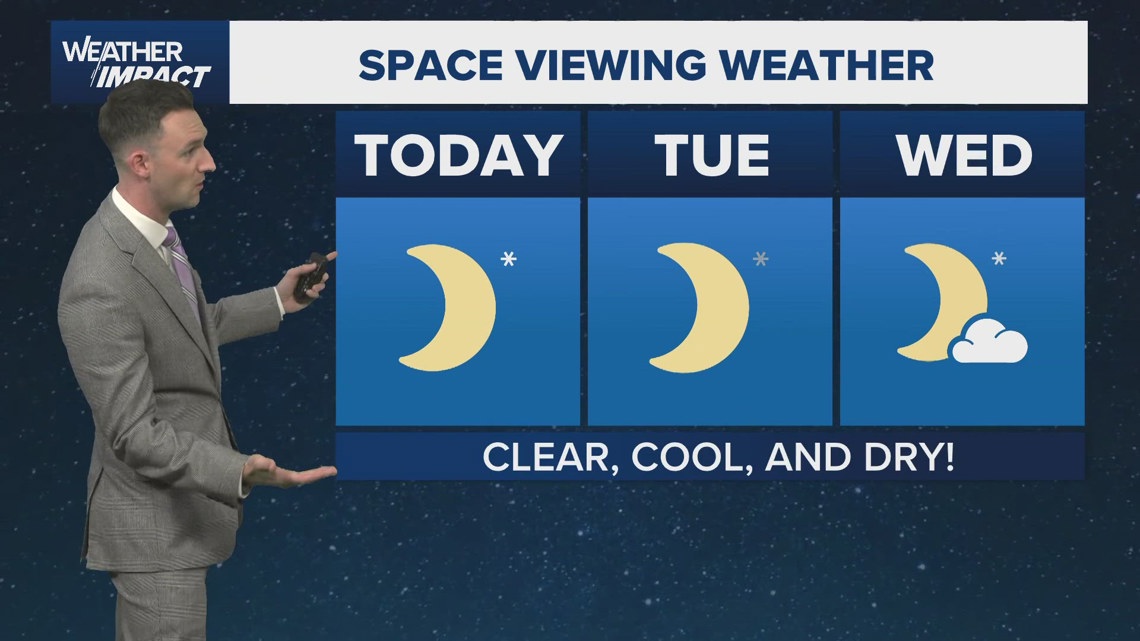It’s name has origins in Native American and European folklore. It’s thought to refer to how beavers build dams and prepare for winter.
HOUSTON — Viewing conditions in the Houston area should be perfect to catch a glimpse of the closest and brightest supermoon of the year.
The Super Beaver Moon will reach peak illumination at 7:19 p.m. Houston time on Nov. 5, which is when the moon will be at about 221,817 miles from Earth.
That will be the nearest it will come to the planet all year. It’s nearly 2,800 miles closer than October’s supermoon, making this lunar event appear noticeably larger and brighter.
Because the peak will be during the day, most skywatchers will have better luck watching out for the supermoon on Tuesday night, as the moon enters its closest approach to earth, or Wednesday night, as it heads further away.
What makes a moon so super?
More a popular term than a scientific one, a supermoon occurs when a full lunar phase syncs up with an especially close swing around Earth. This usually happens only three or four times a year and consecutively, given the moon’s constantly shifting, oval-shaped orbit.
A supermoon obviously isn’t bigger, but it can appear that way, although scientists say the difference can be barely perceptible.
Experts note that the so-called “moon illusion” makes the moon appear especially large when it’s near the horizon. “Your brain compares it to everyday objects, like trees or buildings, and inflates its size,” EarthSky notes.
What will I see Wednesday?
If weather cooperates, the moon will rise low on the horizon, offering an ideal opportunity for photographs and stargazing. It will appear full for several nights in a row, similar to October’s Harvest Moon.
A supermoon occurs when the moon’s elliptical orbit brings it to perigee (the term for when it’s closest to the Earth) while it is also full. The result is a moon that can appear up to 14% larger and 30% brighter than when it’s at its farthest distance.
The November full moon is traditionally known as the Beaver Moon, a name with origins in Native American and European folklore. The name is thought to refer to how beavers build dams and prepare for winter, or when trappers once set their final traps of the season for the animals’ thick pelts, according to NASA.
How to get the best view of the supermoon
Check your local moonrise time using a weather or stargazing app.
Find a high vantage point with an unobstructed view of the horizon.
Avoid artificial lights for a clearer, more dramatic view.

